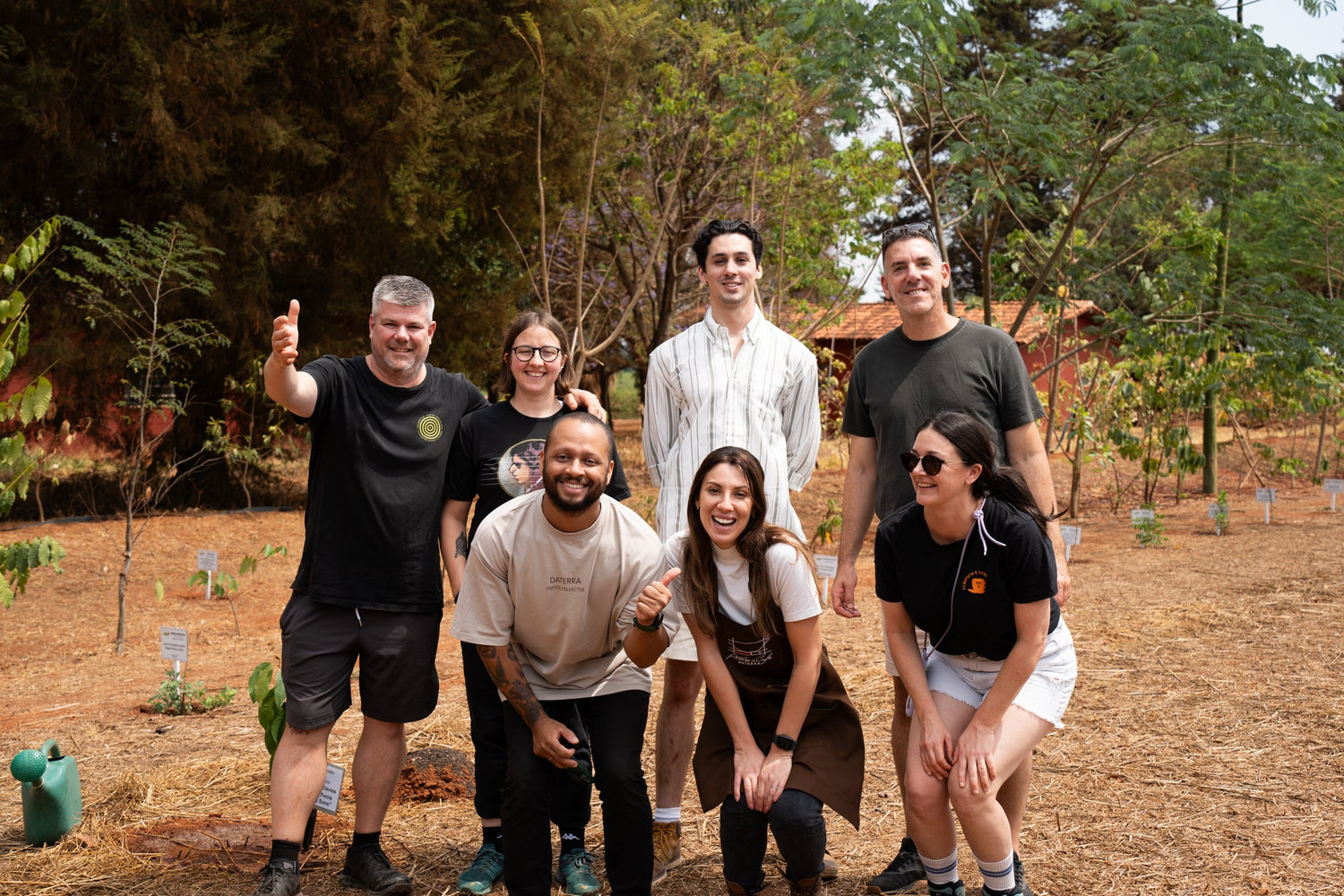Top tips for making the best espresso - rule number one: rest your coffee! Eg use it 7-21 days after it’s been roasted for maximum YUM.
The freshness of roasted coffee is something integral to the speciality industry. Freshness and seasonal coffee — something that for many years wasn’t even a consideration for the coffee industry (and still isn’t for large swathes of it) — became something of a rallying cry for speciality. Coffee is still a fresh product, even though it is the dried seed of a fruit, and should be treated as such, and that’s why it’s almost always recommended to have the freshest coffee possible.
So basically — fresher, is better, right? Well, not actually, always. If you’re making a pour over, brewing an Aeropress, or pretty much any other brew method then yes, you’re right. But not for espresso. Freshly roasted espresso is volatile and ultimately benefits from using slightly older or rested coffee. There’s a sweet spot here, and while it does depend on the coffee it’s usually somewhere between ten and fourteen days. At the point, most of the gas has left the coffee and the flavour has developed to produce a superior and — importantly — more stable espresso.
To get a little bit more technical — when coffee has been roasted it releases natural gases (predominately CO2). When you’re making espresso you’re using pressurised water to extract the coffee, so you’re essentially forcing a small amount of water through a large amount of finely ground coffee — if the coffee hasn’t degassed, it will react in a volatile fashion, causing issues with consistency and flavour. It’s going to be really difficult to dial in — meaning you’re going to use more coffee than usual with wasting shots. Fresh coffee was also give a misleading and gassy crema on top of the espresso, which is going to leave with undesirable metallic flavours.
Reduce wastage
If you’re running a cafe you’re going to want to rest your espresso. Not only is your espresso going to taste better, and more consistently taste better, it’s also going to massively reduce your wasteage. Unrested coffee is incredibly inconsistent, so will involve a lot more dialling in and therefore wasted shots.
Have buffer
It also means you’re less likely to run out of coffee. Running low on coffee happens, it’s been the bank holiday weekend, you’re smashing out iced lattes at a rate that seems inhuman, but if you’re resting your coffee properly you should always have enough buffer to make it through the maddest weekend.
We recommend
You should aim to keep a quarter of your regular order in stock before placing your next order. E.g. If your weekly order is 20kg ordering when you have 5kg or more left should allow for your coffee to rest and you never to run out of coffee.
Because espresso is one of the most concentrated ways to brew coffee, the negative effects of unrested coffee are magnified. If you’ve invested in high quality, speciality beans you should always try to get the best out of them — and resting your coffee is essential to that.



